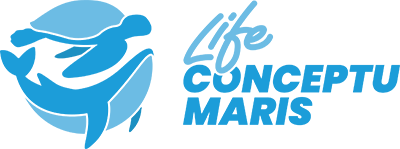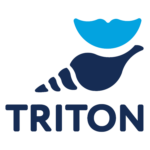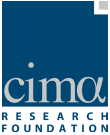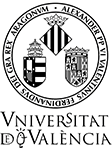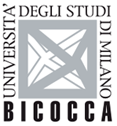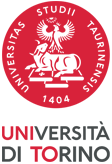Role: Coordinanting beneficiary
Activities: coordination and definition of protocols and analysis methodologies
Place: Rome, Italy
https://www.isprambiente.gov.it/en
The Italian Institute for Environmental Protection and Research is a public research body established in 2008 and supervised by the Minister of Ecological Transition (MIT). It supports regulatory activities at the national and international levels. It performs technical-scientific functions in several fields of fundamental and applied research through strategic consultancy, experimentation, control, information and training activities. It also guides the network of the Italian National System for Environmental Protection and Monitoring – SNPA.
